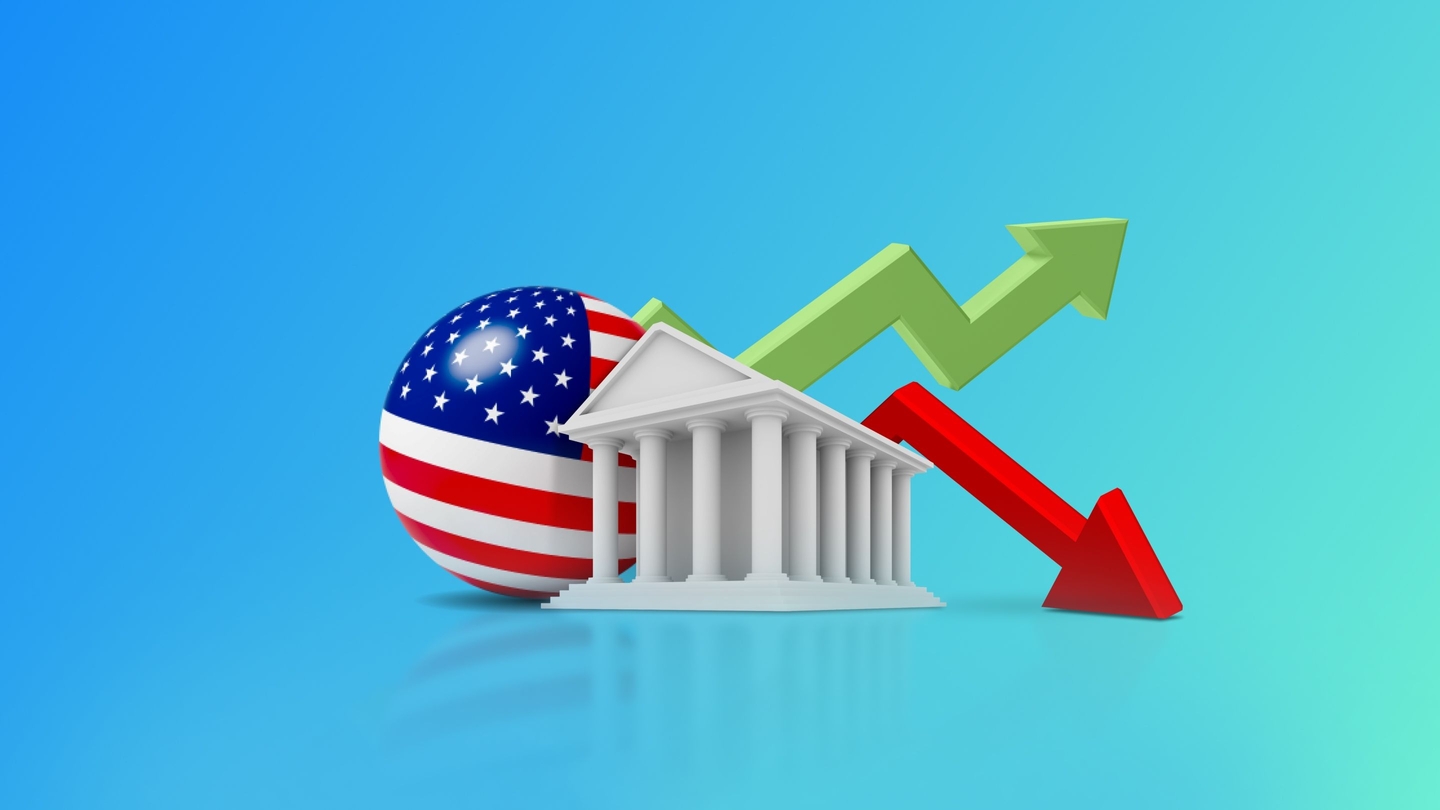The Federal Reserve has begun its quiet period prior to the October FOMC meeting, which will be held on the 12th. While the Fed has been hawk in the past two meetings, there is a growing split in the committee on whether they should raise interest rates further. The increasing risks to the U.S. and global economy have not gone away. In addition, a number of economic indicators in the U.S. indicate that the economy may still be in recession, given the unfavorable factors.
So, what policy will the FOMC (Federal Open Market Committee) take? Let’s find out.
What is the FOMC Meeting?
The Federal Open Market Committee (FOMC) conducts monetary policy for the U.S. central bank. As an arm of the Federal Reserve System, its goal is to promote maximum employment and to provide you with stable prices and moderate interest rates over time.
The FOMC uses monetary policy to influence the availability of money and credit. It announces its decisions at a committee meeting eight times a year, explaining its actions by commenting on how well the economy is performing, especially inflation and unemployment.
The FOMC works with the Federal Reserve Board of Governors to control the four tools of monetary policy: the reserve requirement, open market operations, the discount rate, and interest on excess reserves. The FOMC sets a target range for the fed funds rate at its meetings eight times a year. The Board sets the discount rate and reserve requirement.
It is the committee’s recommended key rate that causes the most volatility in financial markets.
The result of the meeting could affect assets such as:
➡️ $US Dollar
➡️ $GOLD
➡️ $DOW30
➡️ $NASDAQ
➡️ $SPX500 and other
Global economic risks remain a key issue for Central Bankers
Increasing global economic risks are a major concern for central banks. Rising inflation is seen by many economists as a factor in a recession that could crash stock markets. To prevent this, the Fed and other financial regulators began raising key rates. This has been going on for over half a year, and the upcoming FOMC meeting will be no exception. We are likely to see signs of another upcoming Fed rate hike in the U.S.
Having hiked rates by 300 basis points in 2022, the U.S. Fed is all set to hike rates yet again in November.
The Fed has already reiterated that economic activity needs to slow down much more. In reality, it might not be going as per their expectations. U.S. macroeconomic data show that the economy is not slowing as much as initially anticipated. The U.S. ISM services index for September 22 decreased very slightly from August 22 to 56.7. According to ADP employment data, 208,000 jobs were added in September of this year, up from 185,000 in August.
But as inflation is proving to be much stickier than anticipated, the Fed had kept the door open for a fourth successive 75 bps (basis point) rate hike in November.
What to expect at the October FOMC Meeting?
There is a direct link between the statements at the FOMC meeting and the Fed’s subsequent decision to raise or lower the key rate (this will be known for sure in early November).
What we will hear at the upcoming FOMC Meeting will affect the aforementioned assets: U.S. stock indices, gold and the dollar.
If the FOMC announces that the Fed’s key rate hike of 75 basis points will be necessary in November, it will support the dollar a bit, but stock indices will come under pressure.
A more hawkish intention could trigger a strong rally in the dollar and a decline in the Dow Jones, Nasdaq, and other U.S. indices. Gold is also at risk if the FOMC policy is more aggressive than expected.
But restraining statements about a possible 50 basis point rate hikes would hit the dollar hard and support the indices.
Summary
- The Federal Reserve has begun its quiet period prior to the October FOMC meeting, which will be held on the 12th.
- We are likely to see signs of another upcoming Fed rate hike in the U.S.
- If the FOMC announces that the Fed’s key rate hike of 75 basis points will be necessary for November, it will support the dollar a bit, but stock indices will come under pressure.
- A more hawkish intention could trigger a strong rally in the dollar and a decline in the Dow Jones, Nasdaq, and other U.S. indices. Gold is also at risk if the FOMC policy is more aggressive than expected.


